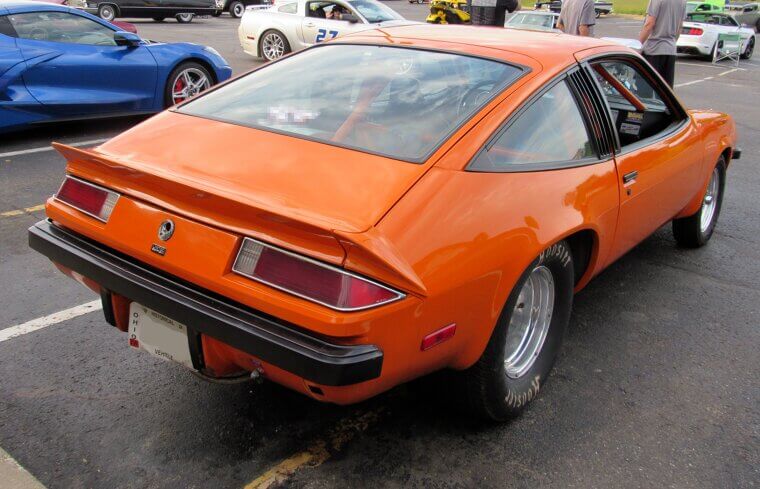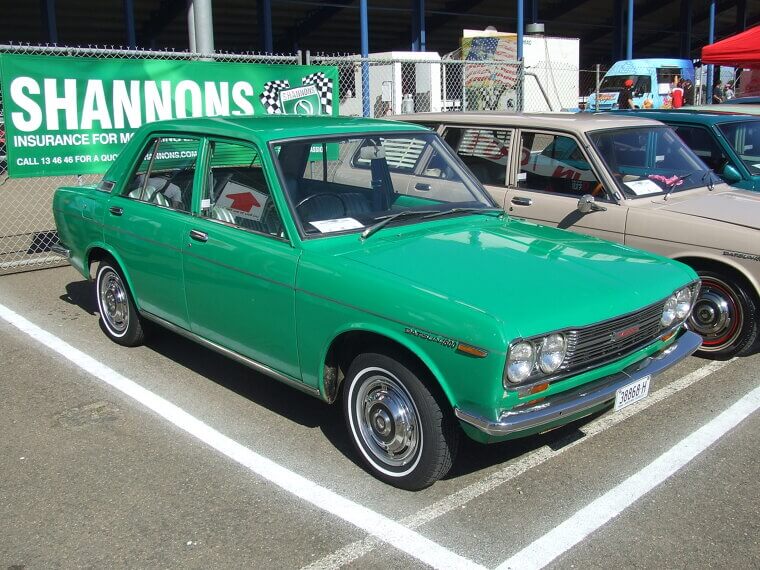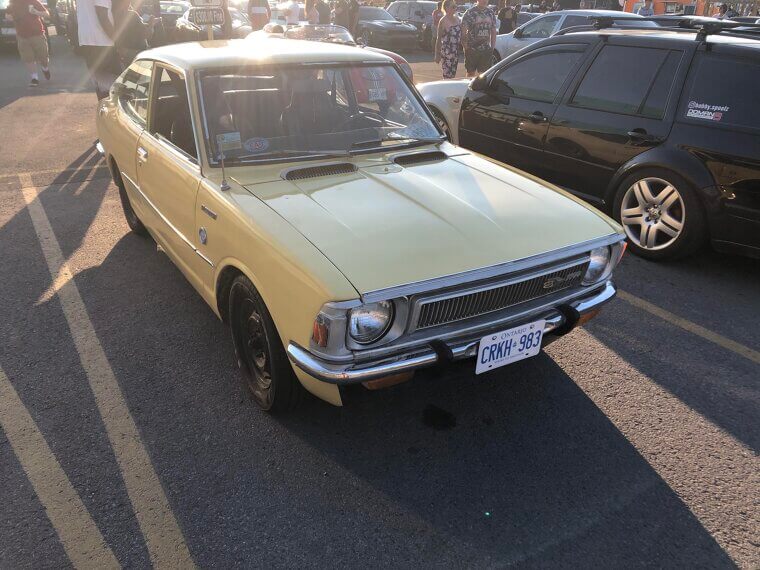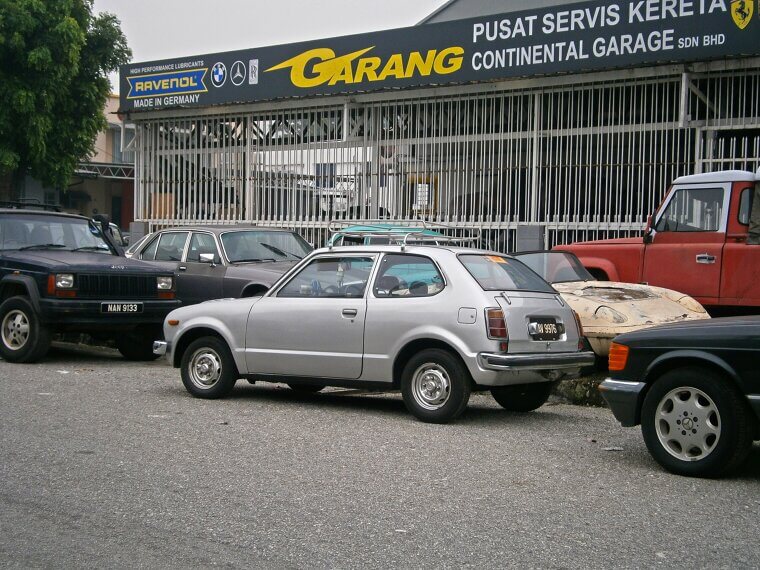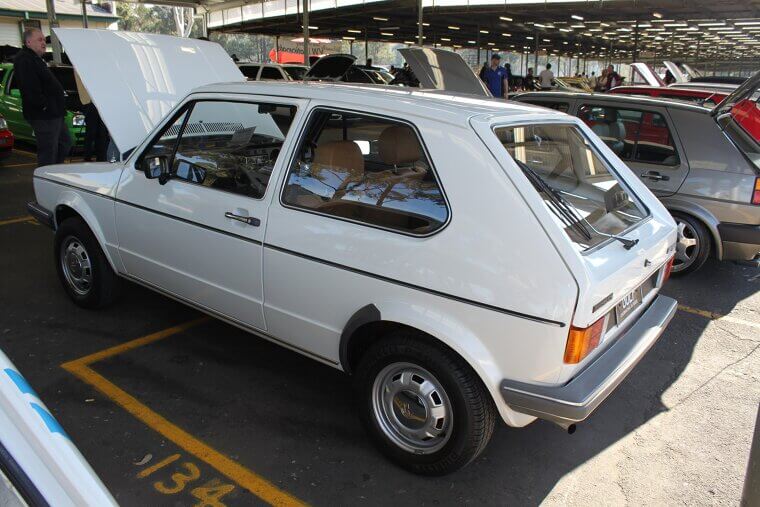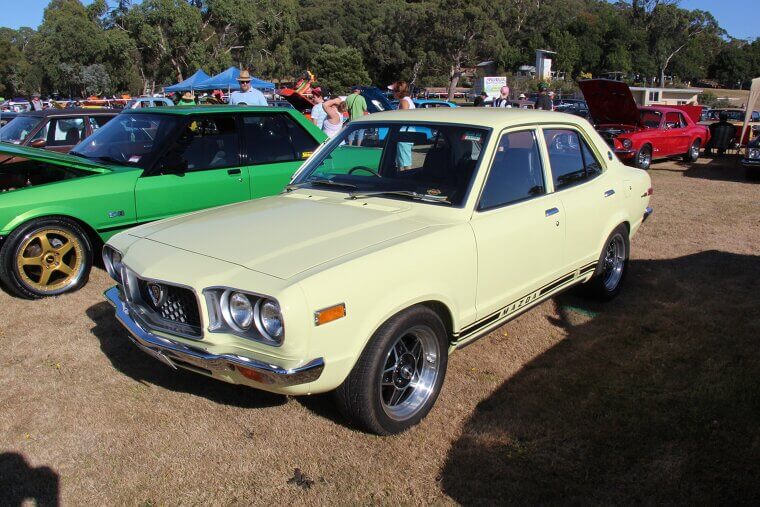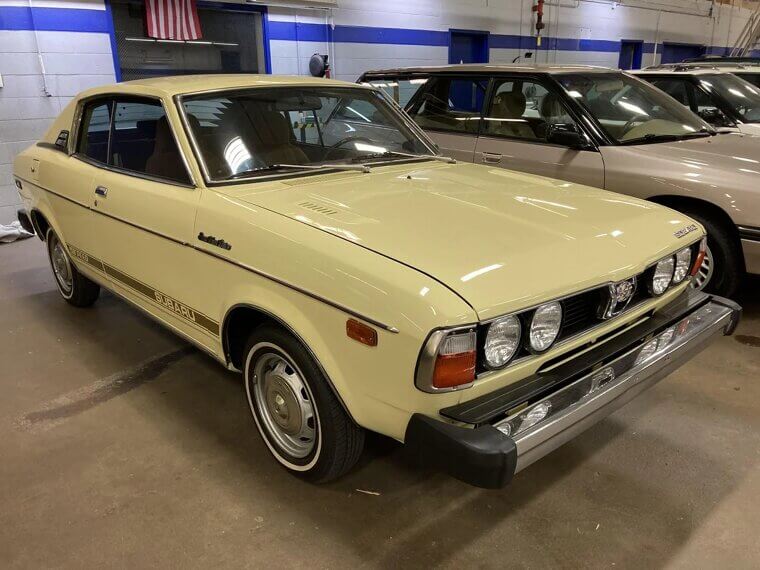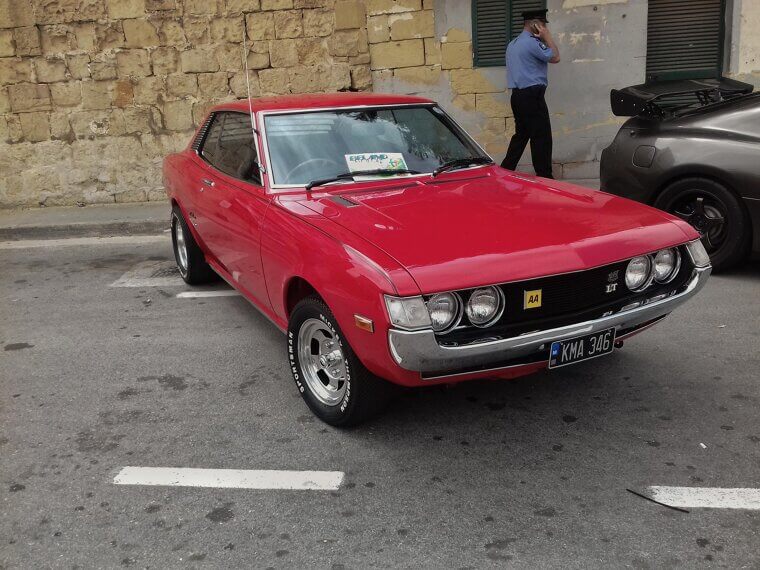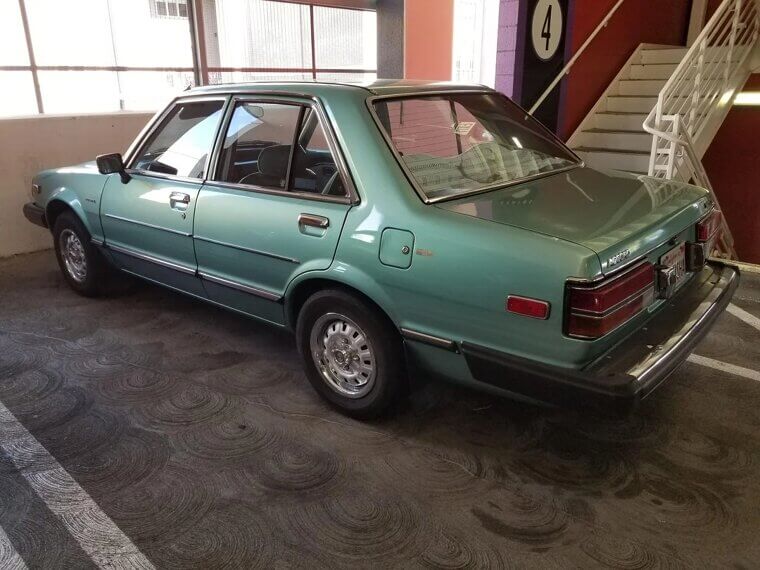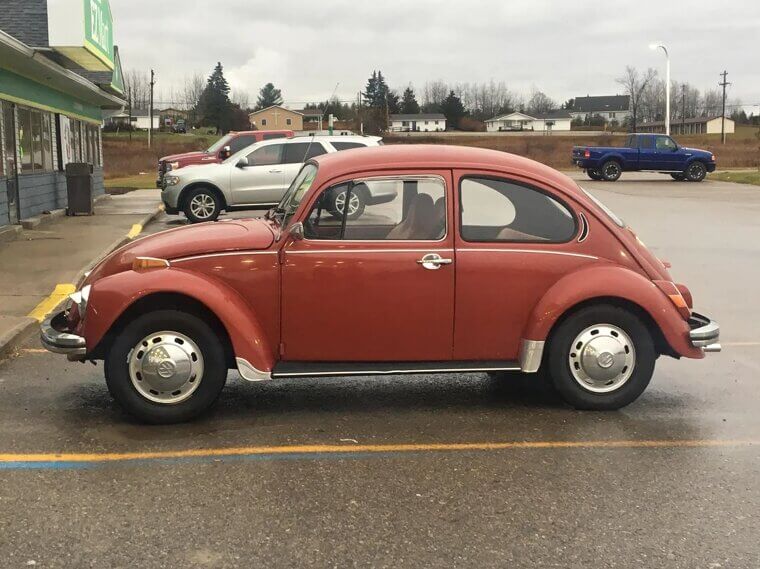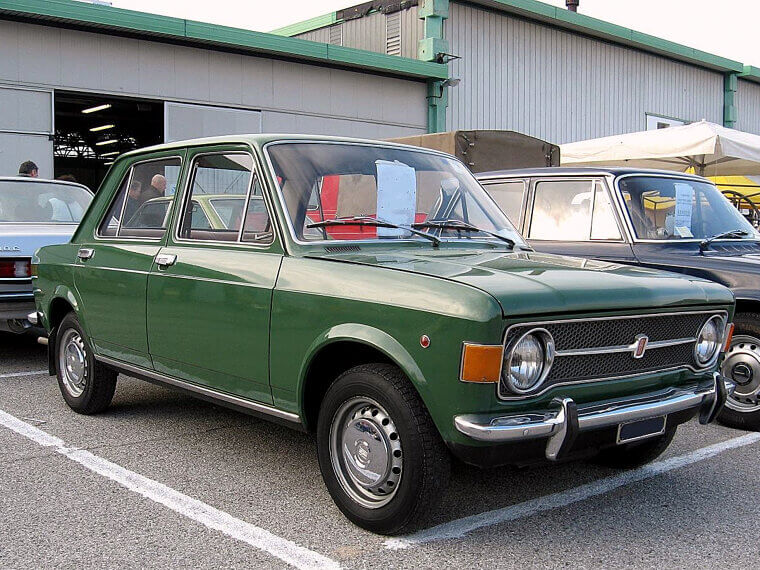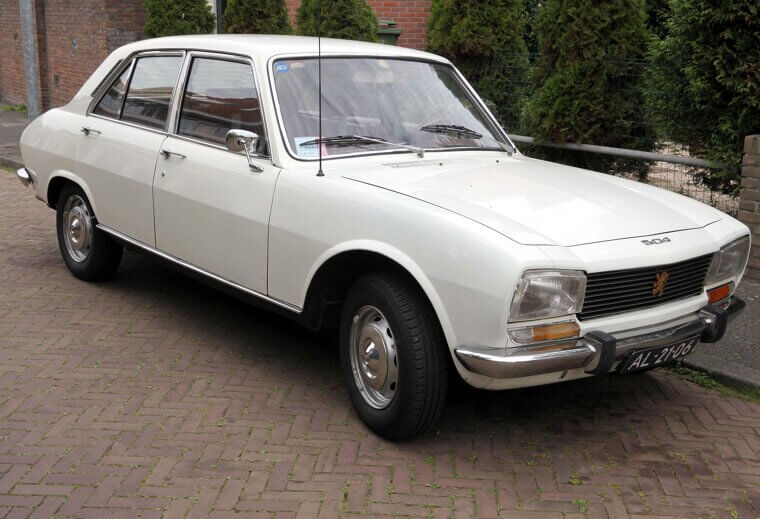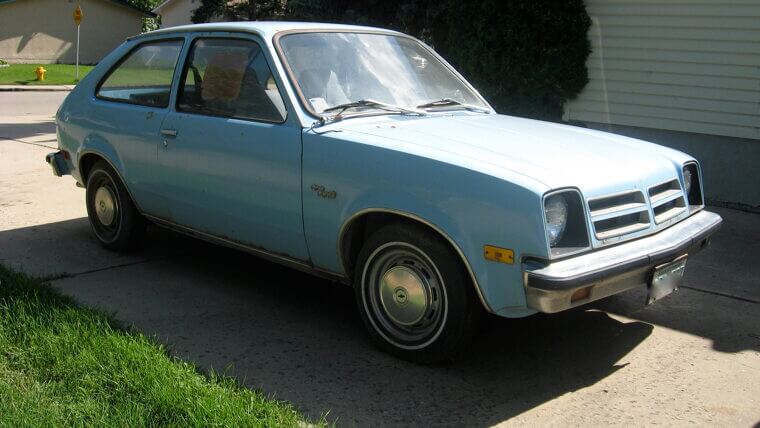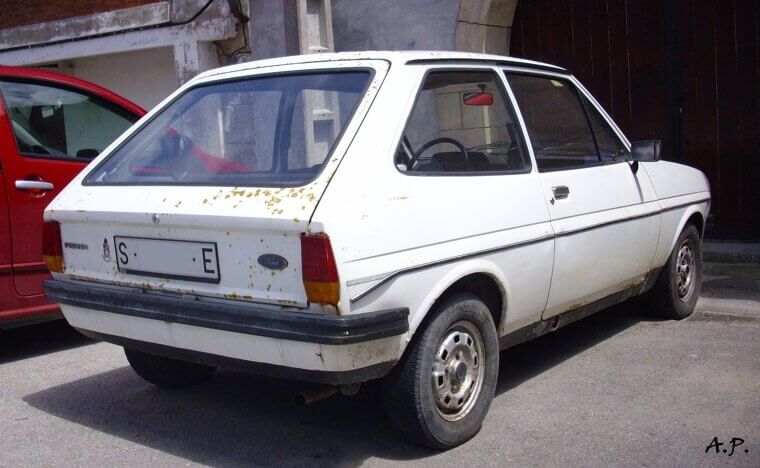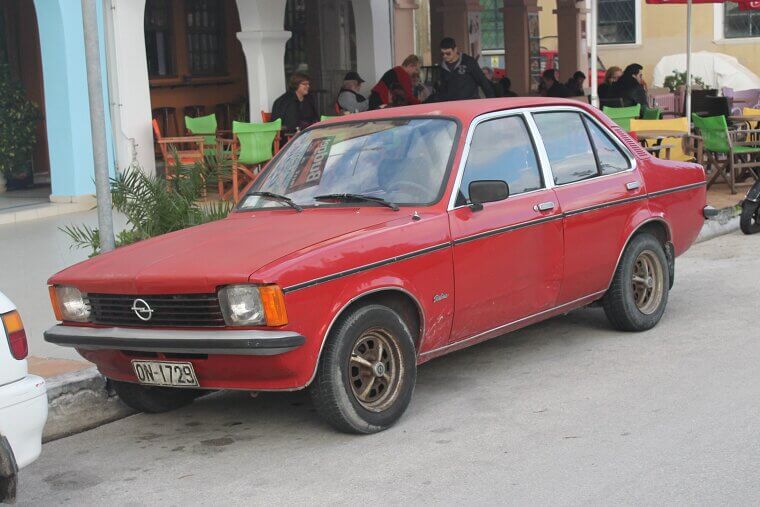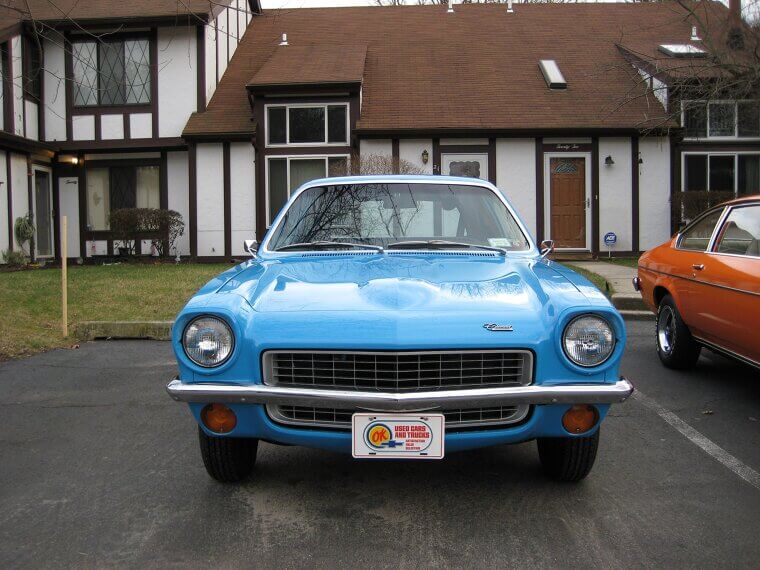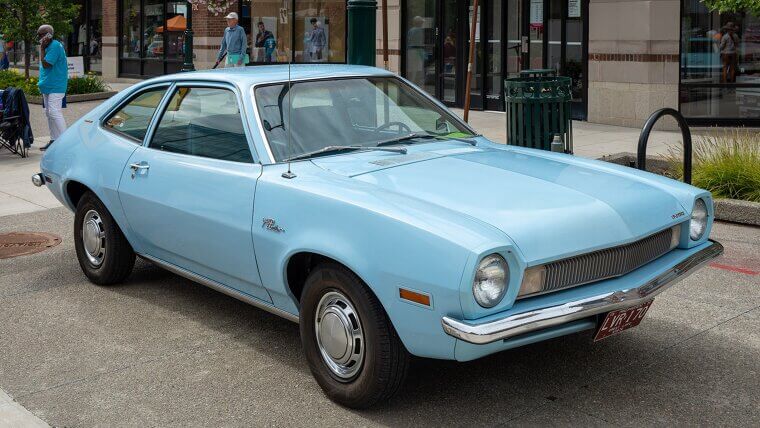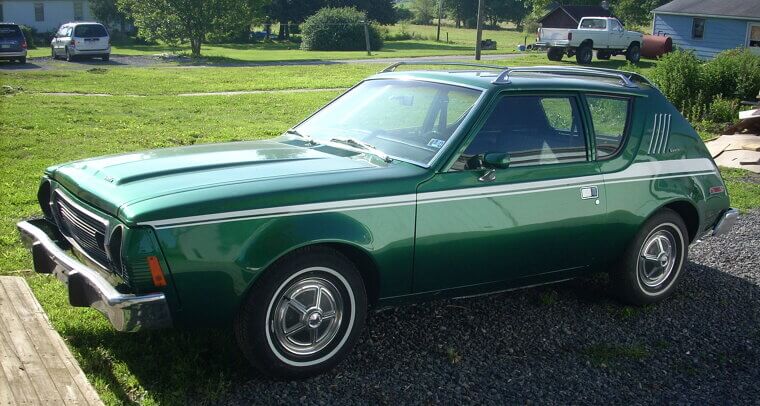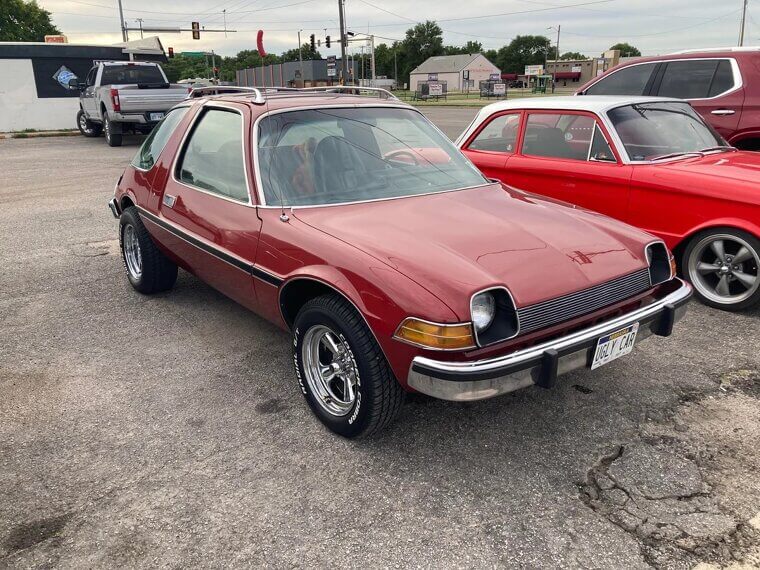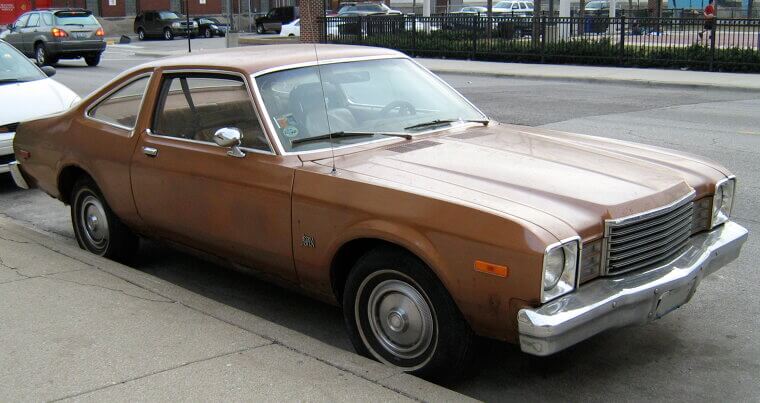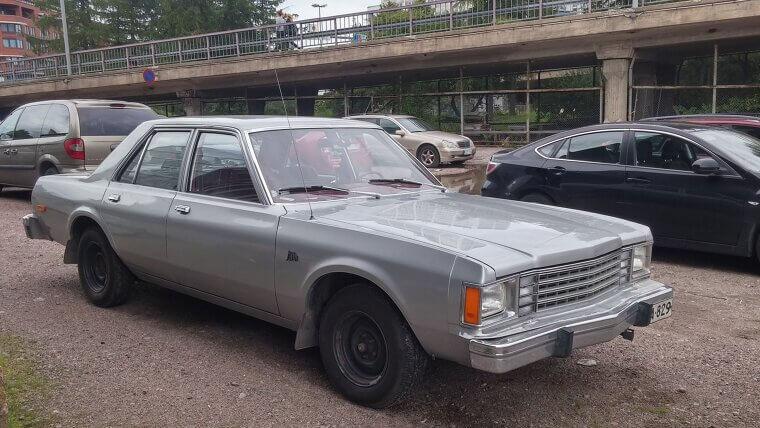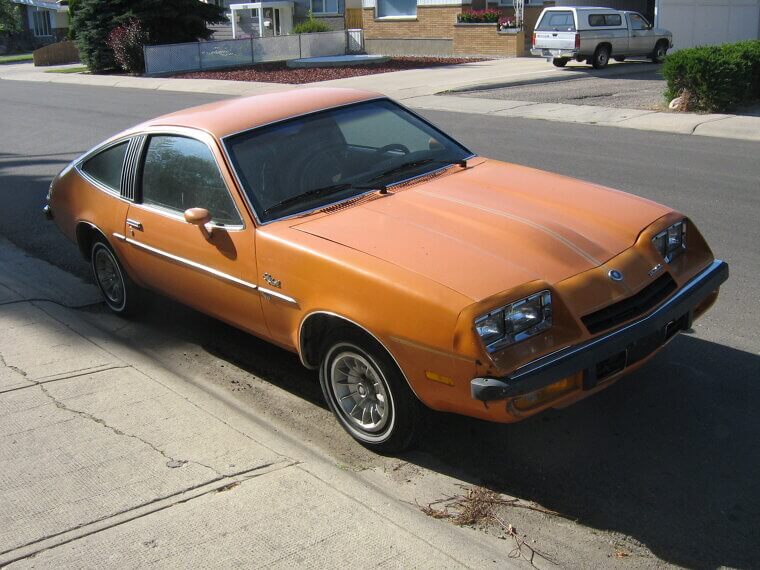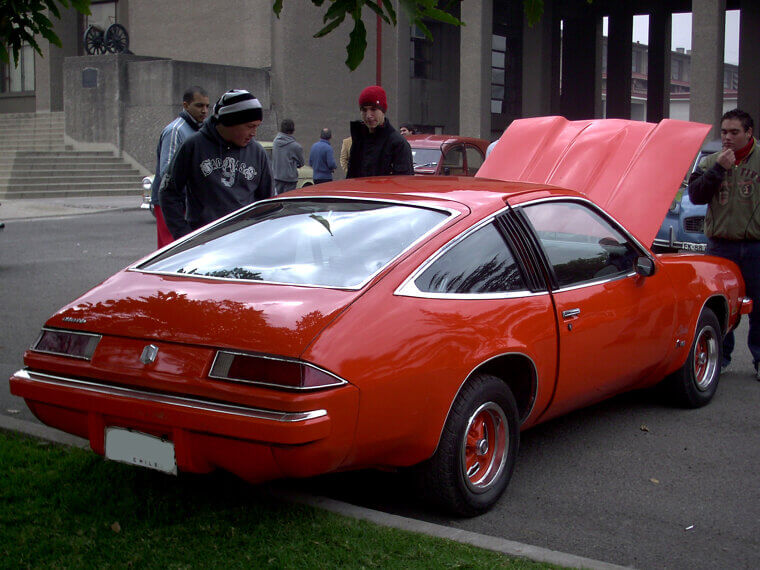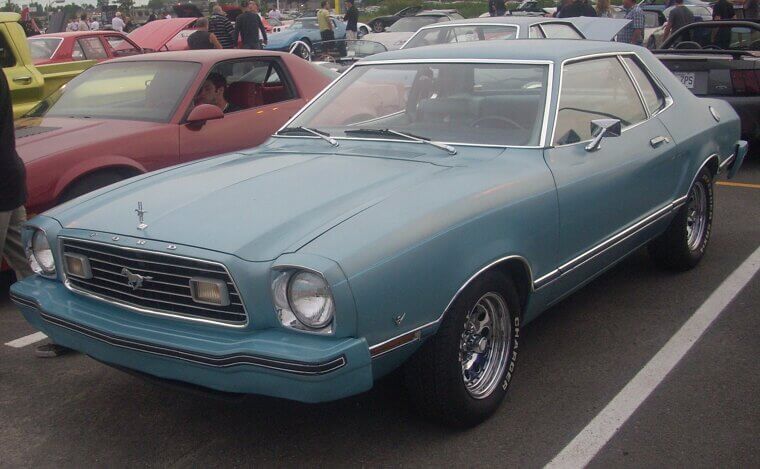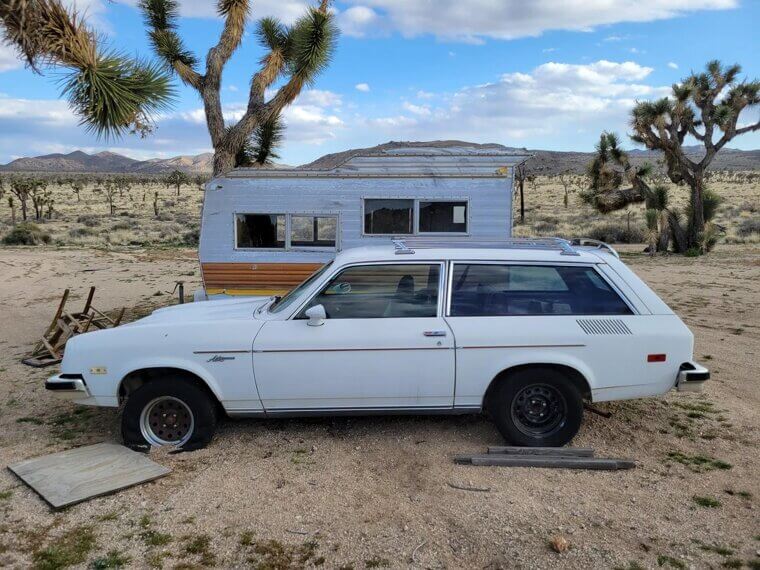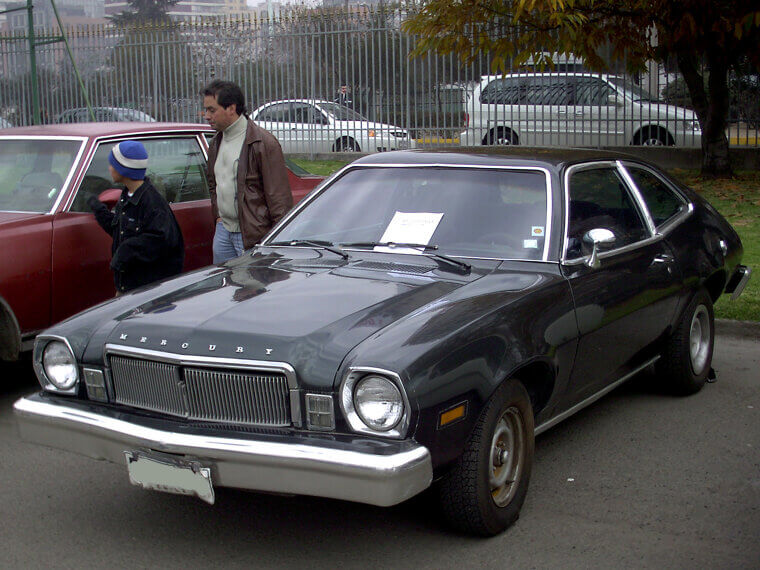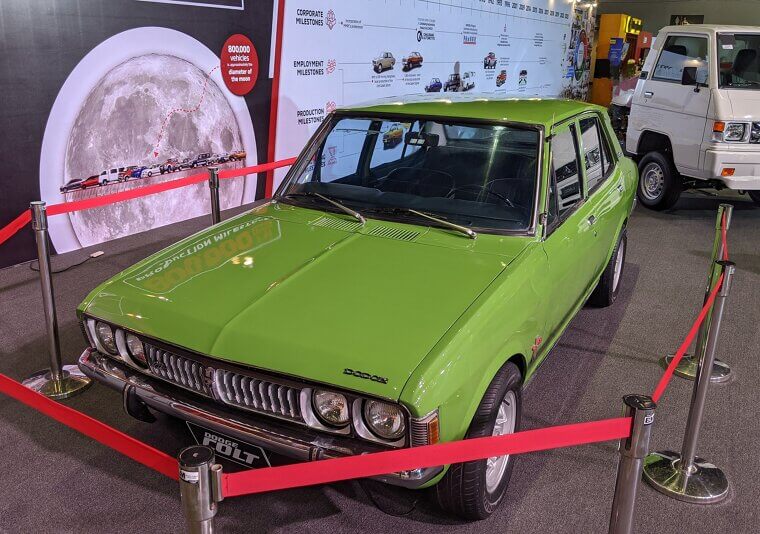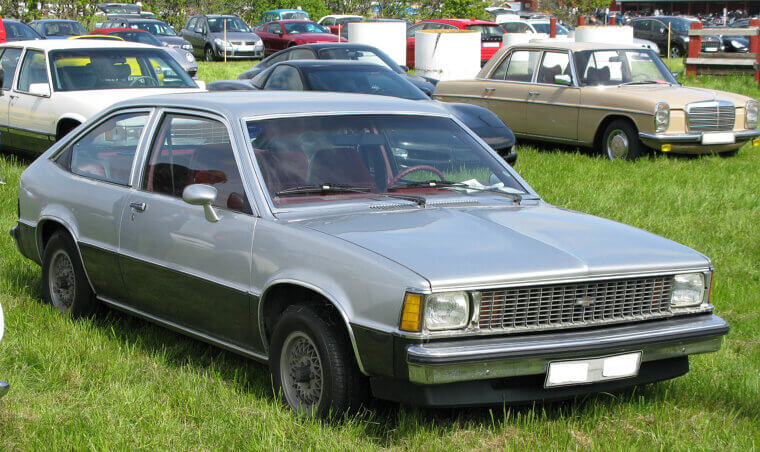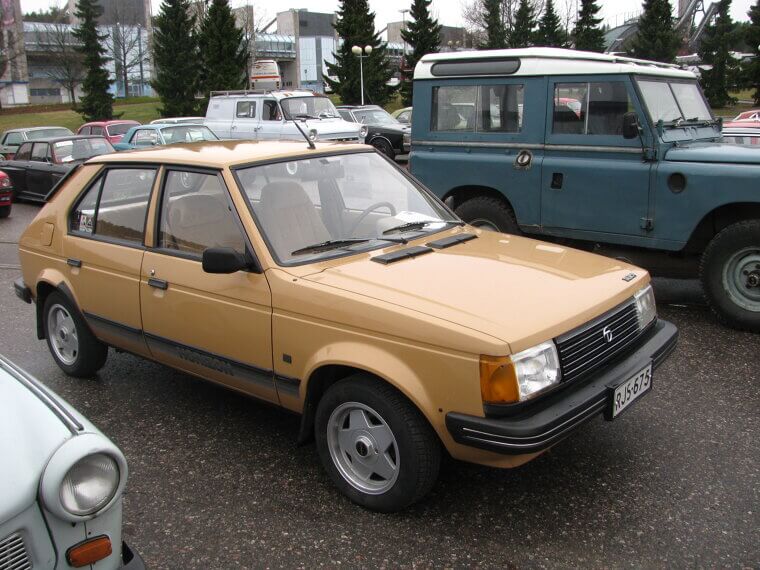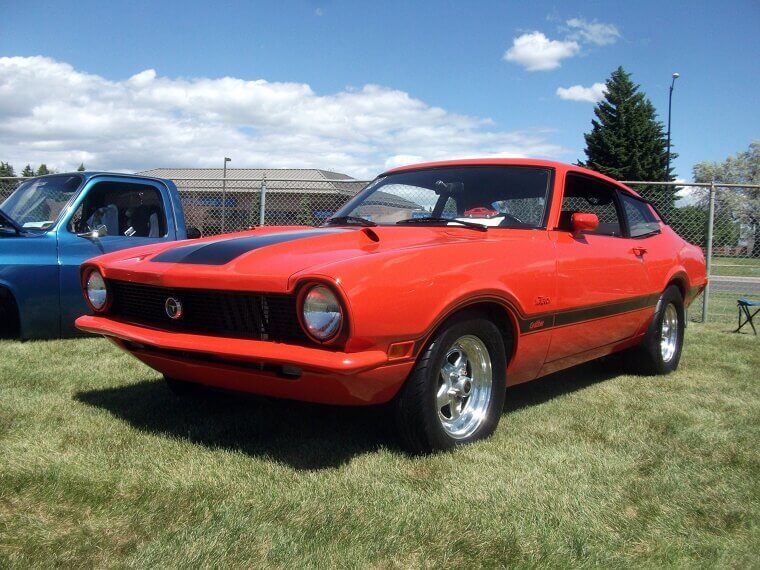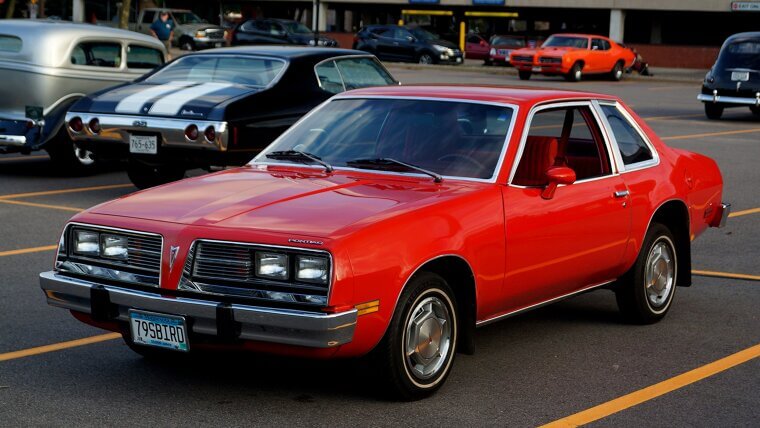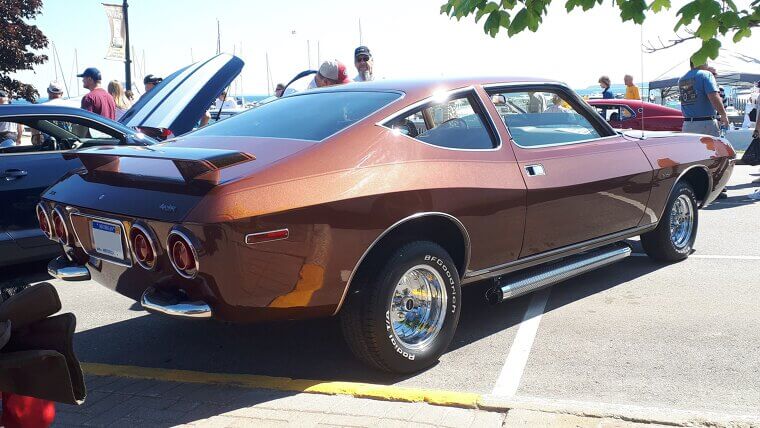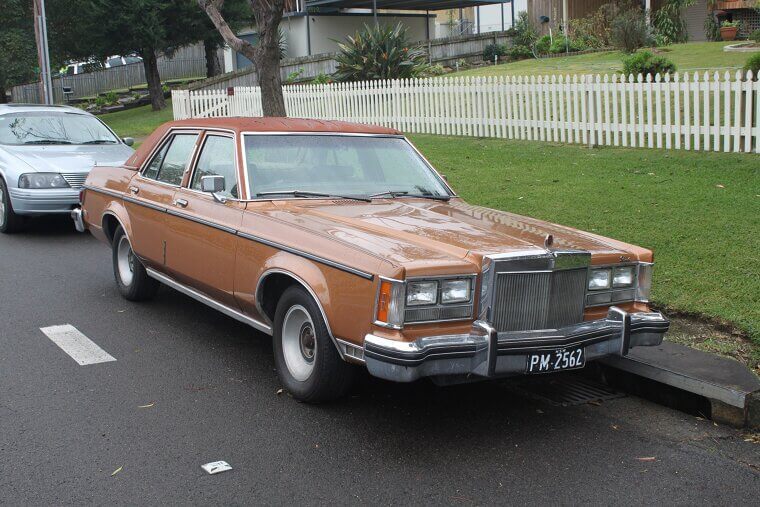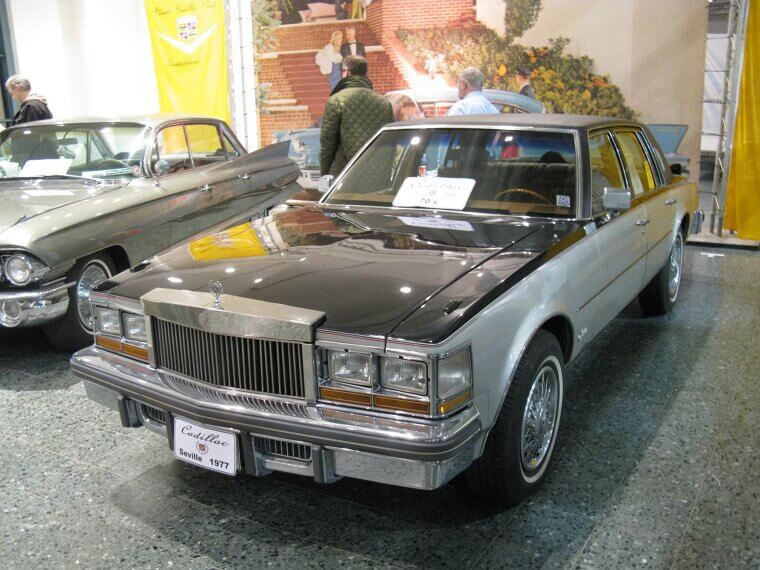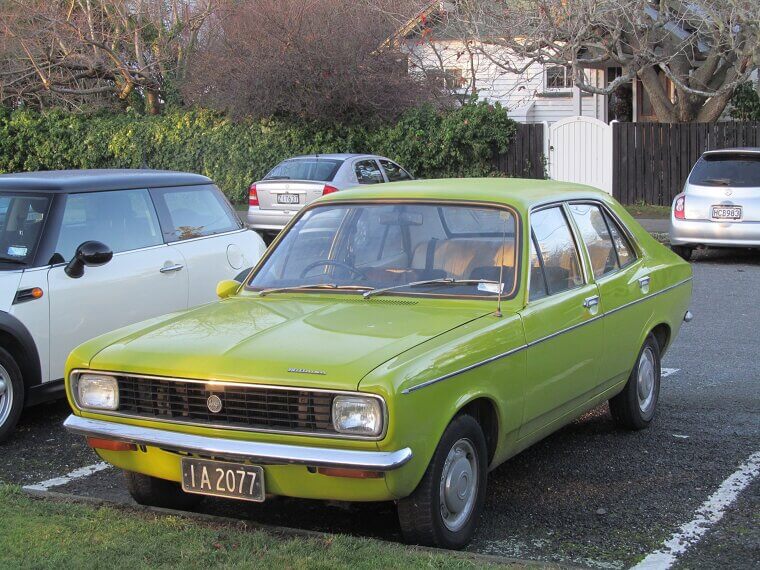1975 Chevrolet Monza
The Chevy Monza looked great, and that drew people in. It seemed like a good answer to smaller, more fuel-efficient cars. But the problem lay under the hood, and it just didn’t hold up well. It had poor reliability, and that made people move on quickly.
1968 Datsun 1600
The Datsun came out a little before the crisis, but it really took off when people wanted smaller, smarter cars that weren’t as heavy on fuel. It was affordable and practical, and young drivers liked it because it was fun and light on their wallets.
1970 Toyota Corolla
The Corolla was a safe bet when gas got expensive during the oil crisis. It was small, light, and super reliable. You didn’t have to worry about it breaking down or guzzling fuel. It was affordable and easy to drive, and it became a worldwide favorite.
1972 Honda Civic
Honda nailed it when it released the Civic. It was tiny but practical, and didn’t drain gas like bigger cars. For Americans dealing with high fuel prices, it was a dream. It gave Honda a strong start in the U.S.
1974 Volkswagen Rabbit
Volkswagen replaced the Beetle with the Rabbit. And it couldn’t have come at a better time. The Rabbit was practical, modern for its time, and wasn’t as thirsty as many other cars on the road during the oil crisis. It was different from the other American compact cars.
1972 Mazda RX-3
Mazda’s RX-3 had a cool rotary engine that made it light and sporty. It wasn’t the most fuel-efficient car on the road, but it was still practical and lighter on fuel than others. People loved it for its fun and quirky spirit.
1972 Subaru DL
The Subaru DL was pretty quirky for a car in the ‘70s. It had all-wheel drive, which was rare for small cars back then. It wasn’t flashy, but it was dependable and fuel-efficient. It was exactly what people needed in an oil crisis.
1971 Toyota Celica
Toyota’s 1971 Celica looked sporty without being a gas guzzler, and that was a big deal. Younger drivers got a car that was fun without draining their wallets at the pump. It wasn’t a muscle car, but it was reliable and affordable.
1976 Honda Accord
The Accord was like the Civic’s big brother. It had more space, but still kept that fuel-efficient quality people loved. It was also comfortable for its size, and climbed the sales charts fast. Honda proved its reliability yet again.
1970s Volkswagen Beetle
The Beetle was already a legend. But during the oil crisis, it really made sense to own a tiny car that sipped gas and was cheap to fix. Drivers loved how simple it was to keep running. It wasn’t fast, but it fit the times perfectly.
1969 Fiat 128
Fiat’s 128 wasn’t fancy, but it was important. It brought front-wheel drive, which was a big deal back then. It was also small, affordable, and, best of all, fuel-efficient. It was a hit in Europe and America for being different and practical.
1968 Peugeot 504
The 504 wasn’t a big deal in the U.S., but in the rest of the world, it was huge. It was tough and economical, and handled long trips like a pro. It thrived overseas in a time when fuel prices hit new heights and people felt the sting of the oil crisis.
1976 Chevrolet Chevette
Chevy’s Chevette wasn’t exciting, but it was exactly what people wanted in the mid-70s: a cheap, small car that was decent on gas. It became one of GM’s best-sellers during the oil crisis. Sure, it wasn’t fancy, but it fit the mood of the time.
1976 Ford Fiesta
The Ford Fiesta was the European answer to high gas prices. It was small and affordable, and it became one of Ford’s biggest successes during the years when people around the world had to tighten their belts and cut costs.
1973 Opel Kadett Berlina
The Kadett Berlina was GM’s compact car that later inspired models sold in the U.S under different names. It didn’t wow anyone with style, but it did the job of saving fuel without much fuss. It was dependable and became just what people needed during the oil crisis.
1971 Chevrolet Vega
Not all cars thrived during the oil crisis. The Vega was one of them, and it had too many problems to list. Yes, it had good fuel efficiency, but it had rust and engine problems that caused it to fall apart too quickly. It was just a big failure.
1971 Ford Pinto
The Pinto sold really well at first because it was cheap and compact. But it hid a secret - fuel tank safety issues. Once this became public, its reputation tanked, and people just didn’t trust it anymore. No low price could make up for that.
1970 AMC Gremlin
The Gremlin looked weird and had a chopped-off rear end. Yes, there were people who liked that quirky style, but so many didn’t, and it never became a hit. Add in quality issues, and you’re left with a car that people didn’t want to buy.
1975 AMC Pacer
The Pacer was supposed to be a futuristic compact car. In reality, though, it was heavy and wide. It was also less fuel-efficient than buyers wanted. It looked almost cartoonish, and most buyers turned away. It just didn’t match the gas-saving mood of the time.
1976 Dodge Aspen
The Aspen was advertised as a smart, efficient car. But it turned out to be full of problems. The recalls piled up, and its reliability was awful. People expected better from Dodge, especially during the fuel crisis of the '70s.
1976 Plymouth Volare
Plymouth’s Volare was basically the Aspen’s twin, and it shared the same problems. It had constant issues with quality. Sure, it sold at first, but once word got out, people realized they weren’t getting the dependable car they thought they were.
1975 Buick Skyhawk
The Skyhawk was another GM compact car trying to look sporty. It had the potential to be great, but the weak performance and quality issues killed it. Buyers wanted something more dependable, especially during the oil crisis and high gas prices.
1975 Oldsmobile Starfire
Oldsmobile tried to jump into the compact car market when it released the Starfire. But it was basically just another version of GM’s troubled small cars. It didn’t offer anything unique, and the reliability wasn’t good. Buyers wanted something small, and the Starfire just left them disappointed.
1974 Ford Mustang II
The Mustang II was great for the oil crisis. It was smaller and more efficient than previous versions. But it lost its muscle car soul in the process. Buyers wanted performance and economy, and the Mustang II didn’t offer either.
1975 Pontiac Astre
The Astre was Pontiac’s version of a Chevy Vega. Sadly, it just didn’t stand out, and people weren’t fooled by the new badge that brought old problems. Rust, engine troubles, and poor reliability meant people forgot about it quickly.
1978 Mercury Bobcat
Mercury’s Bobcat was the twin of the Ford Pinto. That meant it had the same safety issues and bad reputation hanging over it. People weren’t impressed that it didn’t bring anything new to the table, especially during an oil crisis. It ended up being more forgettable than anything else.
1973 Dodge Colt
The Dodge Colt was actually a Mitsubishi brought over to help Chrysler survive the fuel crisis. Those early models had reliability issues, but they got better over time. Yes, it gave buyers a better fuel-saving option, but it never became a hit.
1980 Chevrolet Citation
Chevy’s Citation was GM’s big move into front-wheel drive cars. It could have been a game-changer, but instead, it got stuck with recalls and quality problems. Sadly, it ended up being more of a warning sign than a success for GM.
1978 Chrysler Horizon
The Chrysler Horizon was supposed to be practical and fuel-efficient. But the U.S. version felt underpowered and very cheaply built. People weren’t impressed, and it didn’t have the staying power Chrysler needed to survive in a fuel crisis that hit people’s wallets hard.
1970 Ford Maverick
The Maverick looked like a smaller car, but it was still a bit too big to really stand out during the oil crisis. It wasn’t very efficient compared to imports, and it felt outdated. Yes, it sold for a while, but it couldn’t keep up with changing buyer needs.
1976 Pontiac Sunbird
Pontiac’s Sunbird had some pretty sporty styling that drew attention. But under the hood, it was plagued by mechanical flaws. It just wasn’t the fun compact people thought it would be, and nobody took it seriously. While it looked good, it didn’t live up to expectations.
1977 AMC Matador
The Matador was a bigger car released at the wrong time. It looked great in coupe form, but its size worked against it when gas got expensive. AMC tried to make it appealing, but buyers moved on to smaller, thriftier cars.
1977 Lincoln Versailles
Lincoln released the Versailles in an attempt to give people more options for smaller cars during the oil crisis. Unfortunately for Lincoln, it was still too thirsty for gas and didn’t feel worth the high price. People wanted something efficient and smart, not wasteful and expensive.
1975 Cadillac Seville
The Seville was Cadillac’s downsized luxury car for the crisis years. It had better fuel economy, but it was too expensive for most people. Yes, it did okay at first, but people felt like Cadillac hadn’t done a good job at making the car thrifty enough.
1976 Plymouth Cricket
The Plymouth Cricket was another car brought over to the U.S. market by Chrysler. It seemed like a good idea on paper. In reality, though, it was unreliable and rusted out fast. Americans lost interest, and it disappeared almost as quickly as it appeared.

